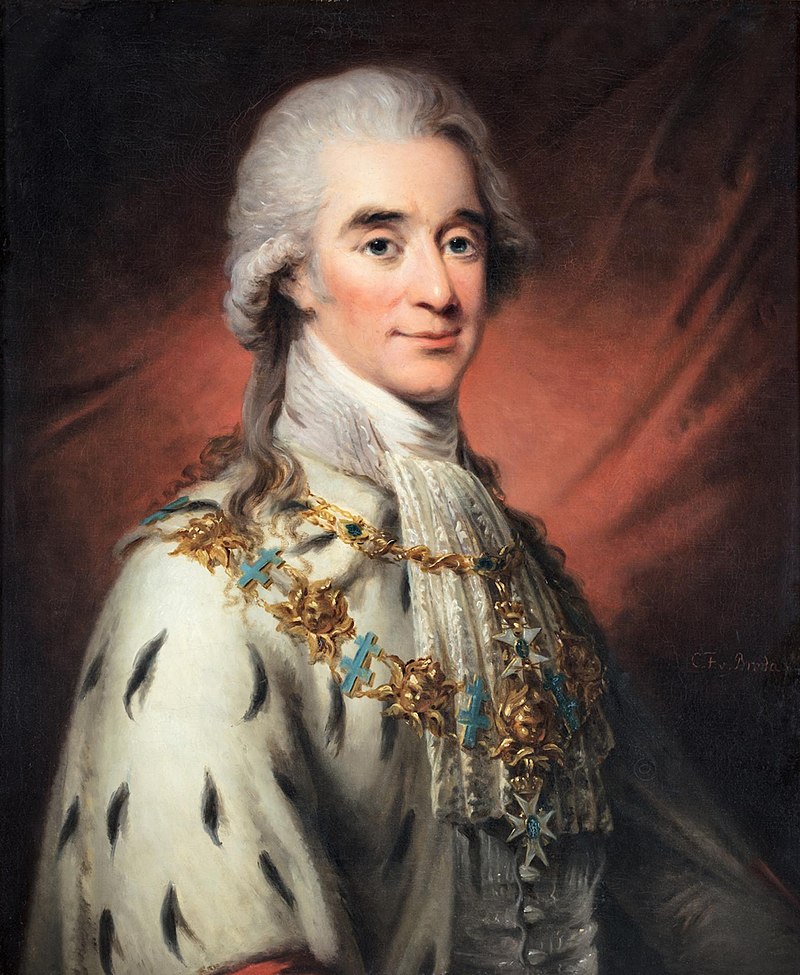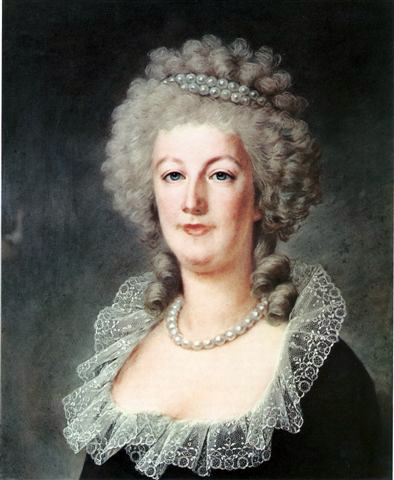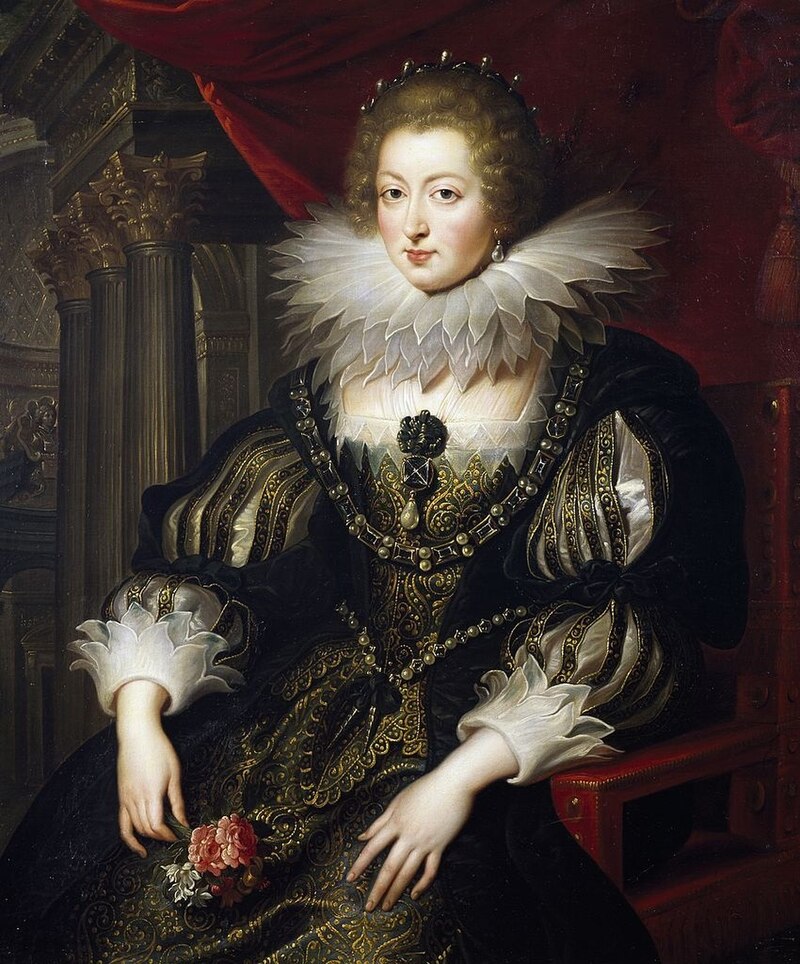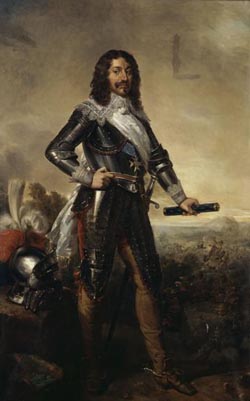by Scott Mehl
© Unofficial Royalty 2021

King Zog I of the Albanians; photo: Albanian Royal Court
King Zog I was born Ahmed Muhtar Zogolli on October 8, 1895 at Burgajet Castle in Burrel, the Ottoman Empire, now in Albania. He was the second child and only son of Xhemal Pasha Zogolli and his second wife Sadije Toptani. His father was the Hereditary Governor of Mati (one of Albania’s former districts), a position Zog himself would inherit upon his father’s death in 1908. His mother was from the Toptani family, one of the leading noble families in Ottoman Albania, and one of the largest landowners in the country. Zog had six sisters:
He also had one older half-brother from his father’s first marriage:
- Xhelal Bey Zogolli (1881) – married 4 times, had issue including a son, Skënder Zogu, born 1933, who would be second in line to the Albanian throne today, following Crown Prince Leka II
The future King was educated at the Galatasaray Lyceum in Istanbul, and succeeded his father as Governor of Mati in 1908. He returned to Albania in 1912, and led a revolt against the Young Turks, and gained fame as a military leader for his victory over invading Montenegrin forces. Later that year, he participated in Albania’s Declaration of Independence and continued to gain attention for his military successes.

Prince Wilhelm of Wied; Prince of Albania. source: Wikipedia
Upon Albania’s independence, the Great Powers created Albania as a Principality, and Prince Wilhelm of Wied was selected as its Prince. However, due to intense in-fighting, Wilhelm would last only six months in Albania before being forced into exile. Zogolli went on to serve with the Austrian-Hungarian forces during World War before returning to Albania and becoming involved in politics. Rising quickly through the ranks, he held numerous positions within the government, including Minister of the Interior, and Chief of the Albanian Military. In 1922, he formally changed his surname from Zogolli to Zogu which sounded more Albanian and would help to gain further support from the Albanian people.
Zogu became Prime Minister of Albania in December 1922 and served until February 25, 1924 – just two days after being shot and wounded in an assassination attempt in Parliament. Several months later, a coup d’etat forced Zog into exile for several months. Returning and restoring the legitimate government in December 1924, formally ending the Principality and declaring Albania a Republic. A month later, he was elected President.
Embed from Getty Images
Just three years later, several Albanian politicians suggested that Albania should become a monarchy once again. A commission was quickly established and on August 30, 1928, the Constitutional Assembly overwhelmingly approved the vote. The Kingdom of Albania was established, and President Zogu was offered the throne. The following day, September 1, 1928, Ahmet Zogu took the oath, becoming King Zog I of the Albanians – the country’s first and only reigning King. One of his first official acts – fully supported by the National Assembly – was to give titles to his mother and sisters. His mother became Her Majesty The Queen Mother of the Albanians, and his sisters were all created Princesses, with the style of Royal Highness.
Embed from Getty Images
On April 27, 1938, the Muslim King Zog married the Catholic Geraldine Apponyi de Nagy-Appony in a civil ceremony held at the Royal Palace in Tirana. Despite their different religions, religious leaders, including the Pope, blessed their marriage. The couple had one son, Crown Prince Leka I, born in April 1939.
On April 7, 1939, just two days after Queen Geraldine gave birth to the couple’s only child, Italian forces invaded Albania. Despite attempts to hold them off, the Albanian military was unsuccessful. The National Assembly quickly voted to allow the King and his family to leave the country, thus allowing him to retain sovereignty in exile. Two days later, on April 9th, King Zog and the entire royal family crossed into Greece. The Italians, under the leadership of Prime Minister Benito Mussolini, took control of Albania, declaring it a Protectorate of Italy under King Vittorio Emanuele III.
With the entire government forced into exile, King Zog established his base in France, hoping to coordinate support with the Allies. He arrived in Paris on August 8, 1939, and settled at the Chateau de la Maye in Versailles, previously used as a temporary residence by the Duke and Duchess of Windsor just two years earlier.
Embed from Getty Images
However, with German forces approaching, the family fled once again in June 1940 and made their way to England. One of the British officers who helped organize their escape was Commander Ian Fleming, later a successful writer, creating the character of James Bond.
The family initially stayed at the Ritz Hotel in London before settling at Parmoor House in Buckinghamshire. Due to the bombings, however, they continued to move around quite often. While in England, King Zog developed friendships with numerous other royals in exile and continued to work toward Albania’s liberation.
Embed from Getty Images
Another move in 1946 took the family to Egypt, where they lived at the invitation of King Farouk. On a trip to the United States in 1951, King Zog purchased the Knollwood Estate in Muttontown, New York. He intended to settle there in the coming years but never occupied the house.
An attempt to stage a coup d’etat and regain control of Albania was organized in 1954 with the support of British and American intelligence. However, the plans failed when they were revealed to the Soviets by Kim Philby, a British spy working as a double agent. The next year, Zog and his family returned to France, settling in Cannes. By then, his health was deteriorating, and King Zog abandoned his hope of moving to the United States and sold the Knollwood Estate.

The former grave of King Zog I at the Thiais Cemetery near Paris. photo: By Martin Ottmann – Own work, CC BY-SA 3.0, https://commons.wikimedia.org/w/index.php?curid=4602279
Following several years of ill health, King Zog I of the Albanians passed away on April 9, 1961, at the Foch Hospital in Suresnes, Hauts-de-Seine, on the outskirts of Paris. He was buried in the Thiais Cemetery in Paris.

photo: Albanian Royal Court
In November 2012, the King’s remains were exhumed and returned to Albania where they were reinterred in the newly rebuilt Royal Mausoleum in Tirana, Albania. At the same time, the remains of Queen Geraldine, Crown Prince Leka I, and Crown Princess Susan were also moved to the new mausoleum.
* * * * * * * * * *
Albanian Resources at Unofficial Royalty
* * * * * * * * * *
This article is the intellectual property of Unofficial Royalty and is NOT TO BE COPIED, EDITED, OR POSTED IN ANY FORM ON ANOTHER WEBSITE under any circumstances. It is permissible to use a link that directs to Unofficial Royalty.




















